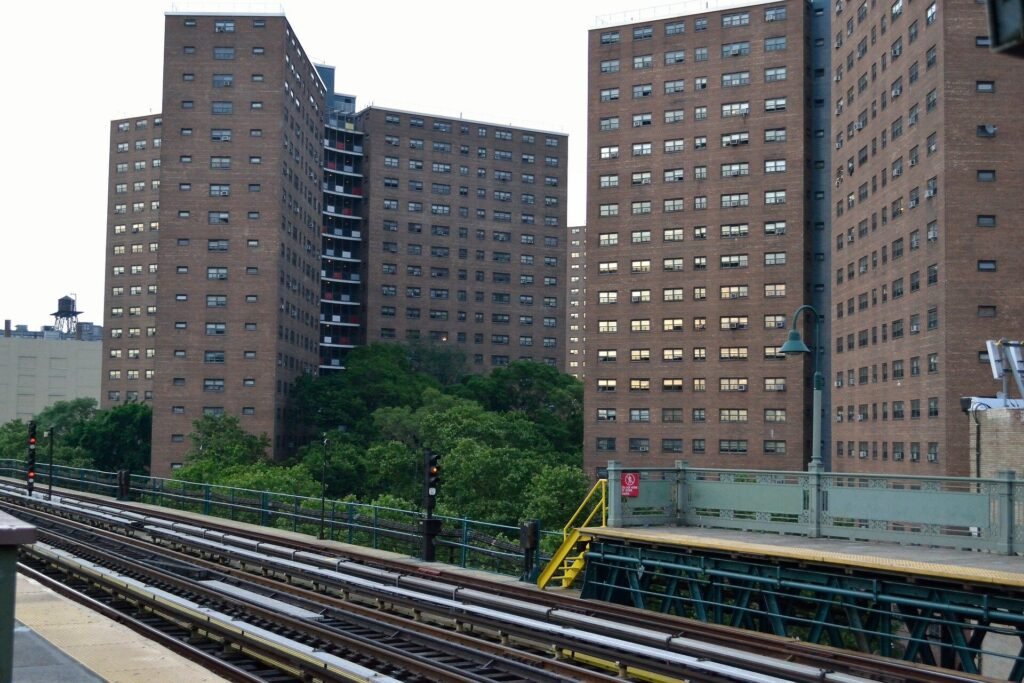Historical Redlining and Its Impact on Breast Cancer in America
In neighborhoods across America, women continue to face a significant threat from a federal practice that was outlawed decades ago but still negatively impacts their health today. A recent study conducted by the University at Buffalo sheds light on how historical redlining, a discriminatory federal policy from the 1930s, affects present-day breast cancer factors and survival rates after diagnosis.
The Federal Housing Administration (FHA) initiated redlining in 1934, assigning neighborhoods mortgage security grades based on race, ethnicity, class status, and land use. This policy denied access to credit for prospective homeowners based solely on their residential location, often targeting urban areas with large populations of Black residents. Neighborhoods were graded from A to D, with “A” areas considered the best and “D” areas marked in red as hazardous. Although redlining was made illegal in 1968, its lasting effects are still felt today.
Lead researcher Sarah M. Lima, a Ph.D. candidate in epidemiology at UB, explains that historical redlining continues to influence a neighborhood’s environment related to breast cancer and a woman’s chance of survival. By examining the increasing rates of breast cancer among younger women and the disparities in breast cancer outcomes, Lima’s research highlights the enduring impact of redlining on health outcomes.
The study on redlining and breast cancer survival, published in Cancer Epidemiology, Biomarkers & Prevention, revealed that women living in redlined neighborhoods have a significantly lower chance of survival after a breast cancer diagnosis, regardless of their health insurance status or the treatments they receive. The study, based on nearly 61,000 breast cancer cases in New York State from 2008 to 2018, showed progressively lower survival rates for each redlining grade, with cases in D areas having the highest risk of death.
Furthermore, neighborhoods with worse redlining grades exhibited a higher prevalence of aggressive breast cancer factors, such as distant stage or metastatic cancer and hormone receptor-negative tumors. These findings suggest that the disparities in breast cancer survival are not solely due to individual resources but are also influenced by the neighborhood environment.
Another study examined the clustering of breast cancer risk and survival factors in redlined and non-redlined neighborhoods across the U.S. Researchers found that high-risk breast cancer factors were more common in historically redlined areas, emphasizing the need for targeted interventions to improve education, income, healthy lifestyles, and access to mammography in these communities.
The study also highlighted regional differences in breast cancer risk factors, with varying recommendations for interventions based on geographic location. For example, efforts to reduce obesity and smoking may be more beneficial in the South region, while improving mammography access could be a priority in the West.
In conclusion, the research on historical redlining and breast cancer underscores the long-lasting impact of discriminatory policies on health outcomes. While redlining may have been outlawed, its effects on neighborhood environments and access to resources persist, shaping the health outcomes of residents. Moving forward, targeted interventions and policy changes are needed to address the disparities in breast cancer outcomes associated with historical redlining.


